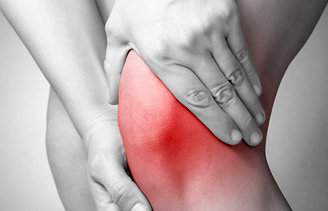
Introduction to
OsteoarthritisOsteoarthritis is a disease of the joints. Unlike many other forms of arthritis that are systemic illnesses (conditions that affect multiple areas of the body or the entire body), such as rheumatoid arthritis and systemic lupus, osteoarthritis does not affect other organs of the body. The most common symptom of osteoarthritis is pain in the affected joint(s) after repetitive use. This can lead to knee pain, hip pain, finger joint pain, ankle pain, foot pain, wrist pain, and shoulder pain with loss of range of motion and function. Joint pain of osteoarthritis is usually worse later in the day. There can be swelling, warmth, and creaking of the affected joints. Pain and stiffness of the joints can also occur after long periods of inactivity (for example, sitting in a theater). In severe osteoarthritis, complete loss of the cartilage cushion causes friction between bones, causing pain even at rest or pain with limited motion.